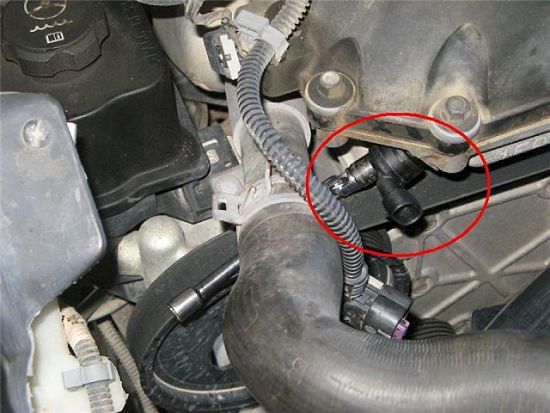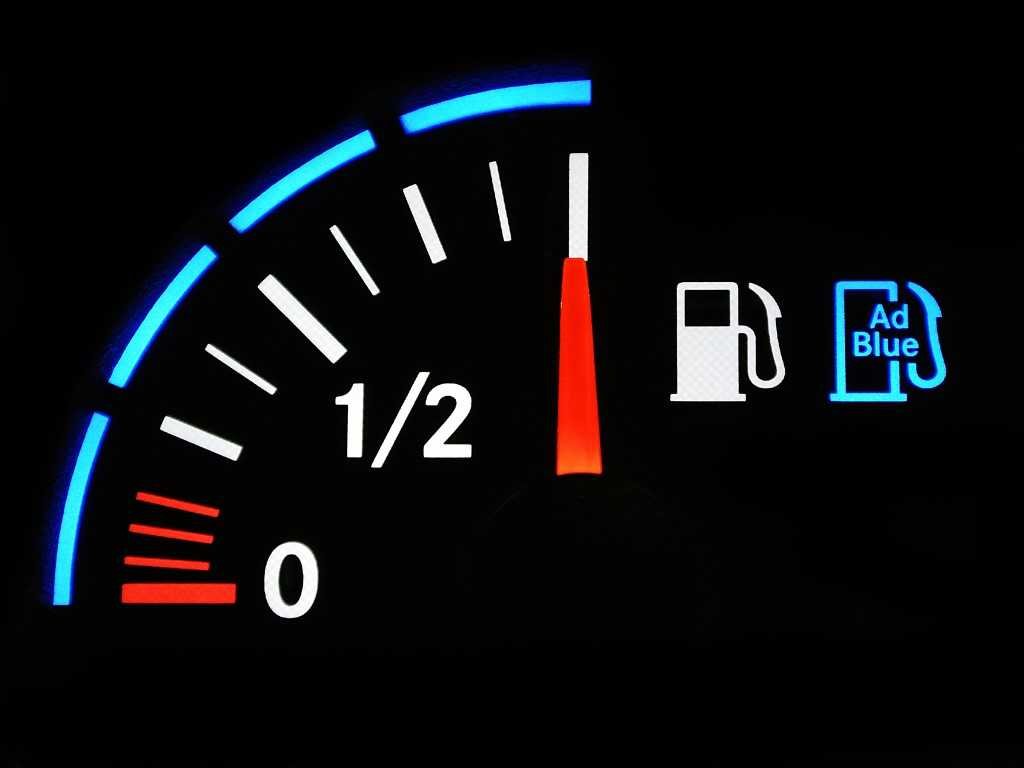
Camshaft position sensor
Content
Modern engines have a rather complex device and are controlled by an electronic control unit based on sensor signals. Each sensor monitors certain parameters that characterize the operation of the engine at the current time, and transmits information to the computer. In this article, we will look at one of the most important elements of the engine management system: the camshaft position sensor (DPRS).

What is DPRV
The abbreviation DPRV stands for Camshaft Position Sensor. Other names: Hall sensor, phase or CMP (abbreviation in English). From the name it is clear that he is involved in the operation of the gas distribution mechanism. More precisely, based on its data, the system calculates the ideal moments of fuel injection and ignition.
This sensor uses a reference (supply) voltage of 5 volts, and its main component is a Hall sensing element. He himself does not determine the moment of injection or ignition, but only transmits information about the moment the piston reaches the first TDC of the cylinder. Based on these data, the time and duration of the injection is calculated.
In its work, the DPRV is functionally connected to the crankshaft position sensor (DPKV), which is also responsible for the correct operation of the ignition system. If for some reason the camshaft sensor fails, the main data from the crankshaft sensor will be taken into account. The signal from the DPKV is most important in the operation of the ignition and injection system; without it, the engine simply will not work.
DPRV is used in all modern engines, including internal combustion engines with a variable valve timing system. Installed in the cylinder head, depending on the design of the engine.
Camshaft position sensor device
As already mentioned, the sensor works on the basis of the Hall effect. This effect was discovered in the 19th century by the scientist of the same name. He noticed that if a direct current is passed through a thin plate placed in the field of action of a permanent magnet, then a potential difference is formed at its other ends. That is, under the influence of magnetic induction, part of the electrons is deflected and forms a small voltage on the other faces of the plate (Hall voltage). It is used as a signal.
DPRV is arranged in exactly the same way, only more advanced. It contains a permanent magnet and a semiconductor to which four pins are connected. The signal voltage is fed to a small integrated circuit, where it is processed, and ordinary contacts (two or three) are already coming out of the sensor housing. The body is made of plastic.

Principle of operation
A drive disk (drive wheel) is installed on the camshaft opposite the DPRV. In turn, special teeth or protrusions are made on the camshaft drive disk. At the moment when these impacts pass the sensor, the DPRV generates a digital signal of a special form, showing the current stroke of the piston in the cylinders.
The operation of the camshaft sensor is more correctly considered together with the operation of the DPKV. For every two revolutions of the crankshaft, there is one revolution of the distributor. This is the secret of synchronization of injection and ignition systems. In other words, DPRV and DPKV show the moment of the compression stroke on the first cylinder.
The crankshaft drive disc has 58 teeth (60-2), that is, when a section with a gap of two teeth passes through the crankshaft sensor, the system compares the signal with the DPRV and DPKV and determines the injection moment on the first cylinder. After 30 teeth, it is injected, for example, into the third cylinder, and then into the fourth and second. This is how sync works. All these signals are pulses that are read by the control unit. They can only be seen in the form of a wave.
Symptoms of a malfunction
It must be said right away that with a faulty camshaft sensor, the engine will continue to run and start, but with some delay.
The following symptoms may indicate a malfunction of the DPRV:
- increased fuel consumption, as the injection system is not synchronized;
- the car jerks, loses momentum;
- there is a noticeable loss of power, the car cannot accelerate;
- the engine does not start immediately, but with a delay of 2-3 seconds or stops;
- the ignition system works with misfiring, misfiring;
- the on-board computer shows an error, the Check Engine lights up.
These symptoms may indicate a malfunction of the DPRV, but may also indicate other problems. It is necessary to undergo diagnostics in the service or use a special diagnostic scanner. For example, the Rokodil ScanX universal device.

Errors P0340 - P0344, P0365 indicate a malfunction or a break in the wiring of the DPRV.
Among the reasons for the failure of the DPRV, the following can be distinguished:
- problems with contacts and wiring;
- the protrusion of the drive disk may be chipped or bent, so the sensor reads incorrect data;
- damage to the sensor itself.
By itself, this little device rarely fails.
Ways to check
Like any other Hall effect sensor, the DPRV cannot be checked by measuring the voltage at the contacts with a multimeter (“continuity”). A complete picture of your work can only be given by checking with an oscilloscope. On the oscillogram, pulses and dip fronts will be visible. Reading waveform data also requires some knowledge and experience. This can be done by a competent specialist at a service station or service center.
Sensor signals are clearly visible on the oscillogram
If a malfunction is detected, the sensor is replaced with a new one, repair is not provided.
DPRV plays an important role in the ignition and injection system. Its failure leads to problems in the operation of the engine. When symptoms are detected, it is better to be diagnosed by competent specialists.

